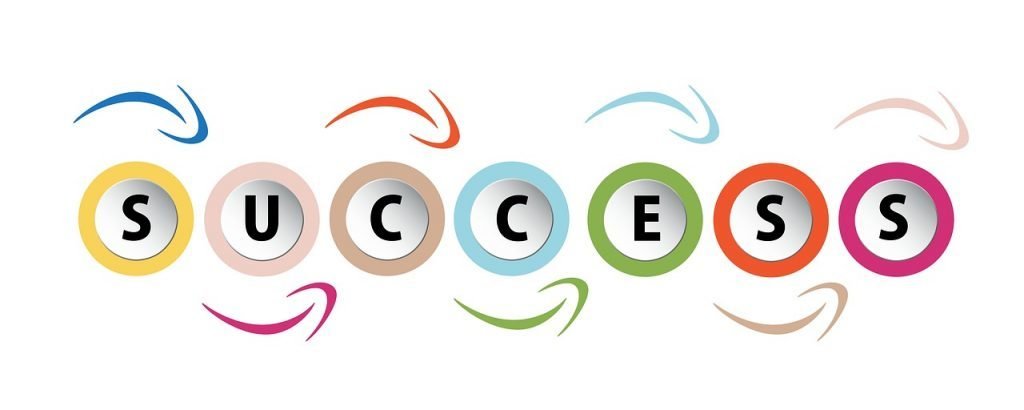
4 Smart Ways to Get a Fresh Start January is a perfect time to get a fresh start. You don’t have to set resolutions in order to give yourself a fresh start. All you need is a few minutes for a brief self-assessment and an open, curious mind. 1. Find Your Why Before setting any […]

5 Tips for Energy and Stress Management No matter how positive your outlook and how zen your mindset, it’s impossible for any of us never to encounter stress or fatigue. Unfortunately, experiencing some stress and fatigue is part of life. In truth, they’re part of what make the days we have great energy or feel […]

5 Great Time and Priority Management Tips Effective time and priority management can make a huge difference in our effectiveness and ability to achieve critical goals. Taking on too many tasks or not having clearly outlined goals can make it difficult to actually be productive. Identifying your goals and limiting your daily to do list […]

Get a Fresh Start with These Tips for Managing a Hybrid Team The new year is the perfect time to create a fresh start and update your skills in managing a hybrid team. You may have practices that used to fit your team that simply don’t work well today. We live in a new world […]

4 Ways Personal Development Boosts Leadership Skills It is exciting to lead people and it is a critical role. According to experts, leaders can have a direct impact on their team’s happiness and self-esteem. That said, in today’s new reality, with fewer resources and a hybrid workforce, being in charge of a team presents unexpected […]

4 Reasons Good Leadership Requires Friendliness Leadership requires a lot of different skills. In addition to expertise in a specific field, it requires the ability to manage resources, budgets, projects and most importantly, employees. One of the best ways to invest in the people who make up your team is to make friendliness a key […]

9 Positive Leadership Maxims Being a great leader is more than a job—it’s a way of approaching life. It can sometimes be a challenging lifestyle, and can even be discouraging. Here are 9 positive leadership maxims to energize you in your leadership role. 1. To make a difference, be the difference. Are you practicing the […]

The Difference Between a Boss and a Leader – 3 Tips! Every leader is a boss, but not every boss is a leader. What’s the difference between a boss and a leader? It all comes down to how you do it. A boss is in charge because of his or her position and title. He […]

Benefits of Employee Appreciation We all crave appreciation, even when we already know we’ve done a job well. When is the last time a coworker or boss showed appreciation for what you do? Do you remember how it made you feel? In the 1940s, Lawrence Lindahl conducted a study on employee motivation. The results may […]











